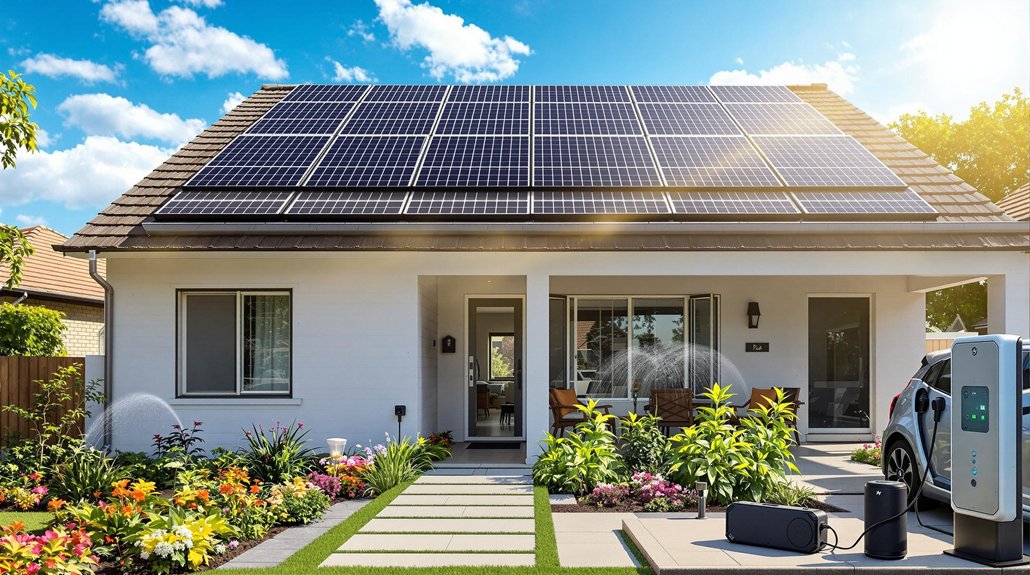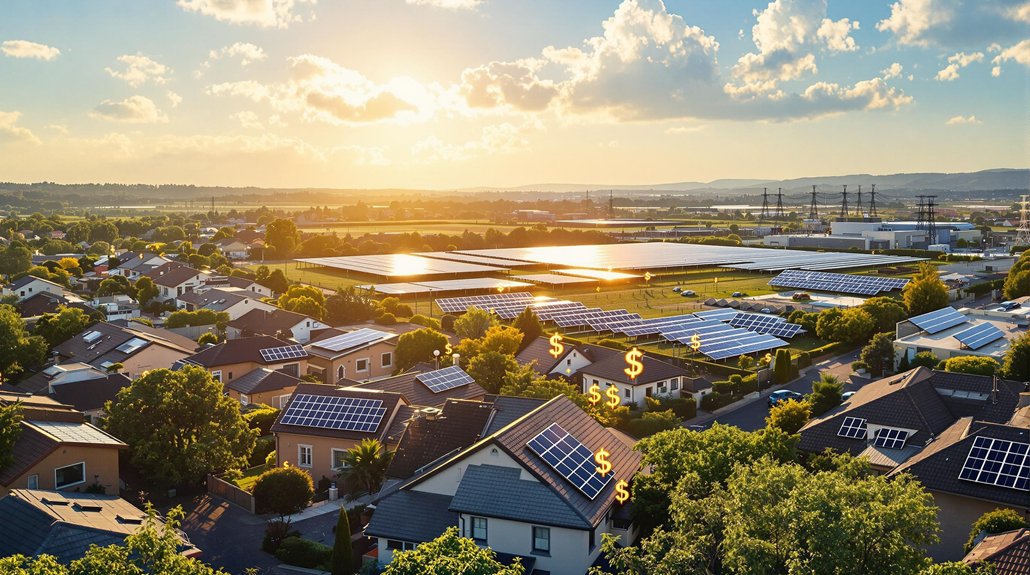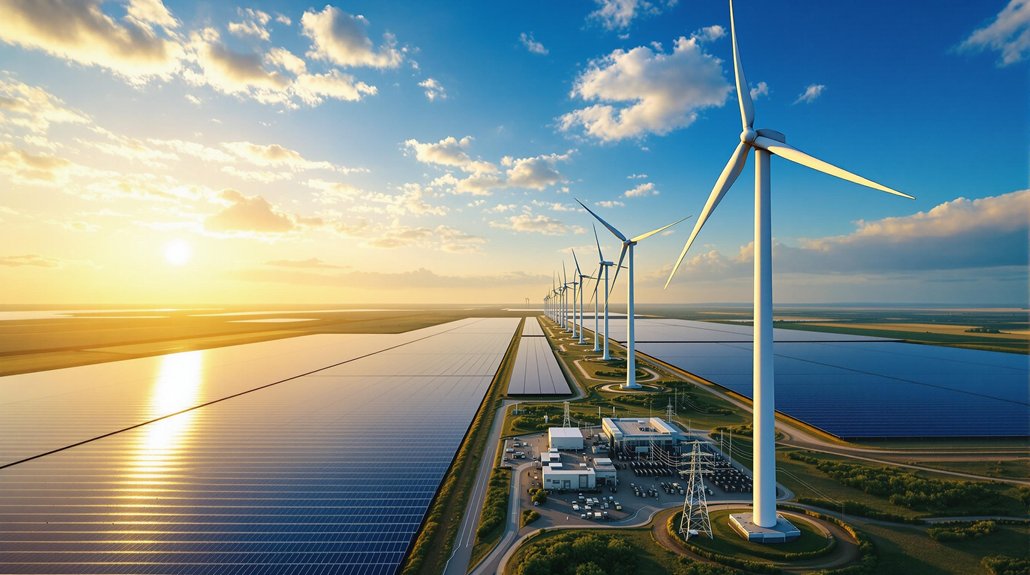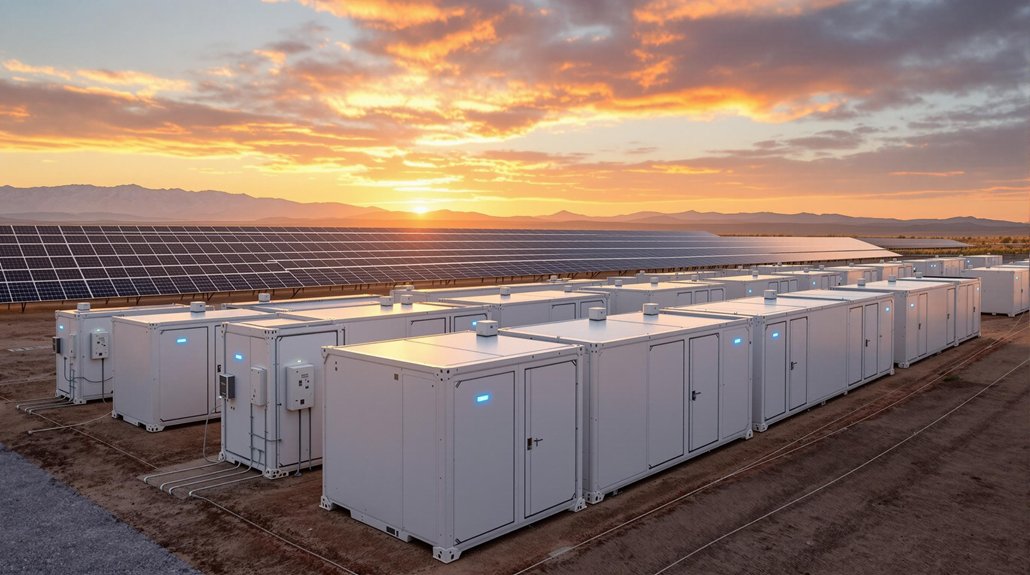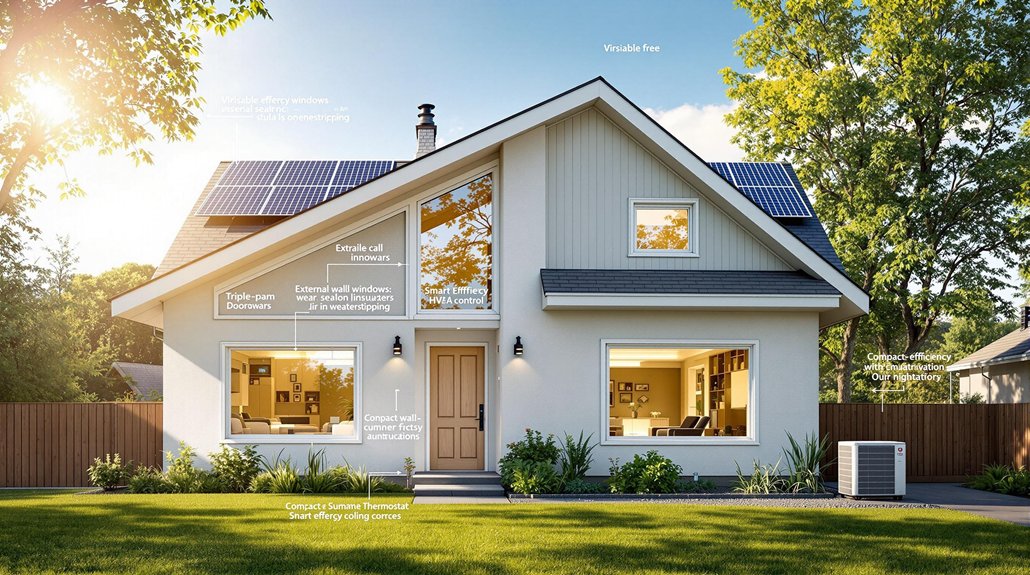Whole-house ventilation systems promote healthy indoor air while offering energy savings. These systems exchange stale indoor air with fresh outdoor air, reducing pollutants and moisture that can damage homes. Energy recovery ventilators (ERVs) and heat recovery ventilators (HRVs) can recover 70-80% of energy from exhaust air, potentially cutting heating and cooling bills by 10-20%. Regular maintenance guarantees peak performance and extends equipment life. Proper installation balances fresh air benefits with energy efficiency goals.
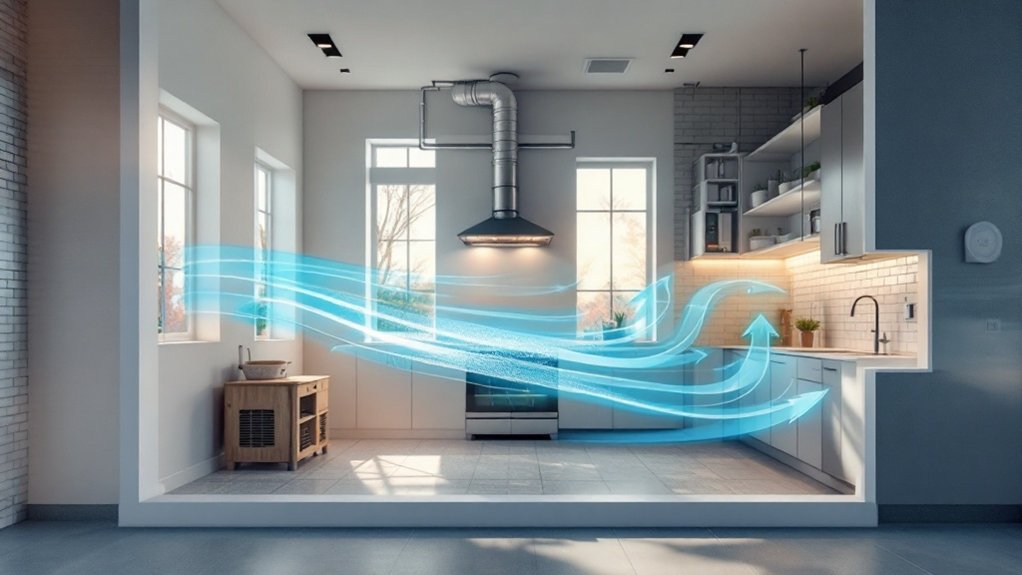
Fresh air is vital for a healthy home environment. Whole-house ventilation systems provide this freshness while managing indoor air quality. These systems come in several types: exhaust-only, supply-only, balanced systems, energy recovery ventilators (ERVs), and heat recovery ventilators (HRVs).
When homes have proper ventilation, residents enjoy better indoor air quality. These systems reduce moisture levels that can damage homes. They also lower the concentration of indoor pollutants like volatile organic compounds (VOCs), allergens, and particulate matter. Ventilation systems operate automatically and continuously, making them significantly more effective than manual window opening. Many homeowners report improved comfort and fewer respiratory issues after installation.
Energy efficiency is a key benefit of modern ventilation systems. ERVs can recover 70-80% of energy from exhaust air, putting it back to work in the home. This recovery process helps lower utility bills. Systems with variable speed fans adjust to ventilation needs, using energy only when necessary. Like geothermal solutions, efficient ventilation systems provide sustainable options that can significantly reduce greenhouse gas emissions. Different systems work better in different climates, so location matters when choosing equipment.
Modern ventilation technology turns efficiency into savings, recovering up to 80% of energy while adapting to your home’s specific needs.
Installation costs for whole-house ventilation typically range from $2,000 to $5,000 or more. Despite this upfront investment, many homeowners see energy savings of 10-20% on heating and cooling bills. The systems may also reduce the need for separate dehumidifiers, creating additional savings.
Professional installation guarantees peak performance. Maintenance isn’t complicated but requires attention. Homeowners need to change filters every 3-6 months and schedule annual inspections of ductwork and components. Regular cleaning of intake and exhaust vents prevents system inefficiency. Balanced mechanical systems provide equal air exchange while reducing strain on HVAC equipment and minimizing repair costs over time.
Regulations and standards guide ventilation system installation. ASHRAE Standard 62.2 provides requirements for residential ventilation. Building codes vary by location, and high-efficiency systems can earn ENERGY STAR certification.
Ventilation systems do more than bring in fresh air. They control carbon dioxide levels, help prevent mold growth, and can mitigate radon gas accumulation. These health benefits, combined with potential energy savings, make whole-house ventilation systems worth considering for many homeowners across diverse climates.
Frequently Asked Questions
How Much Does Installing a Whole-House Ventilation System Cost?
Installing a whole-house ventilation system typically costs between $900 and $2,500, with the national average around $1,700.
Basic single-speed fans start at $450, while high-end variable-speed smart fans can reach $2,900. Costs depend on home size, system type, installation complexity, and climate.
The fan unit itself ranges from $800 to $1,500, with additional expenses for ducting, electrical work, permits, and possible ductwork modifications.
Can I Install a Whole-House Ventilation System Myself?
DIY installation of whole-house ventilation systems is possible but challenging. It demands advanced skills in construction, electrical work, and HVAC.
Homeowners need specialized tools like ductwork, ventilation fans (600-1500 CFM), hole saws, and proper wiring. The process includes determining fan location, calculating airflow needs, installing ductwork, mounting the unit, and connecting electrical components.
Improper installation risks code violations, system inefficiency, and potential health hazards. The project typically takes 2-5 days for experienced DIYers.
How Loud Are Whole-House Ventilation Systems?
Whole-house ventilation systems typically produce noise between 40-52 decibels, similar to standard AC units.
Premium models like the QuietCool QC CL-1500 can be quieter at 37.4 decibels.
Several factors affect noise levels including installation quality, fan age, size, ductwork, and speed settings.
Homeowners can reduce noise through insulated ducts, rubber gaskets, proper mounting, and lower speed settings.
UK regulations recommend maximum noise levels of 30 decibels in sensitive rooms.
Do I Need Ventilation if My Home Has Air Conditioning?
Yes, homes with air conditioning still need ventilation. AC systems cool air but don’t bring fresh air indoors.
Without proper ventilation, indoor pollutants like VOCs, CO2, and moisture can build up. Building codes often require mechanical ventilation systems, especially in tightly sealed modern homes.
Options include exhaust, supply, and balanced ventilation systems. ERVs and HRVs can provide fresh air while maintaining energy efficiency by recovering heating or cooling from outgoing air.
How Often Should Ventilation System Filters Be Replaced?
Ventilation system filters typically need replacement every 1-12 months, depending on the filter type.
Standard 1-inch filters should be changed every 30-90 days, while 4-inch media filters can last 6-12 months.
Homeowners should check filters monthly for visible dirt.
Replacement frequency also depends on household factors like number of occupants, pets, local air quality, and system usage.
Dirty filters reduce efficiency and may lead to higher energy bills.

